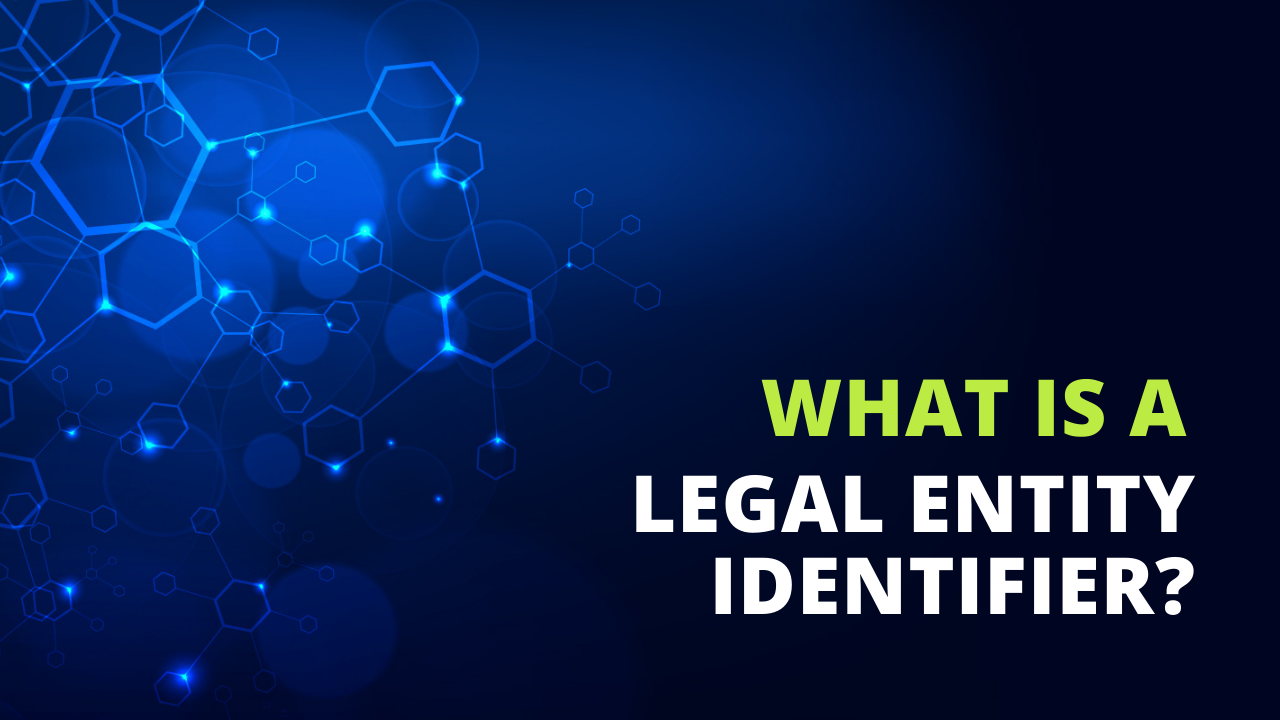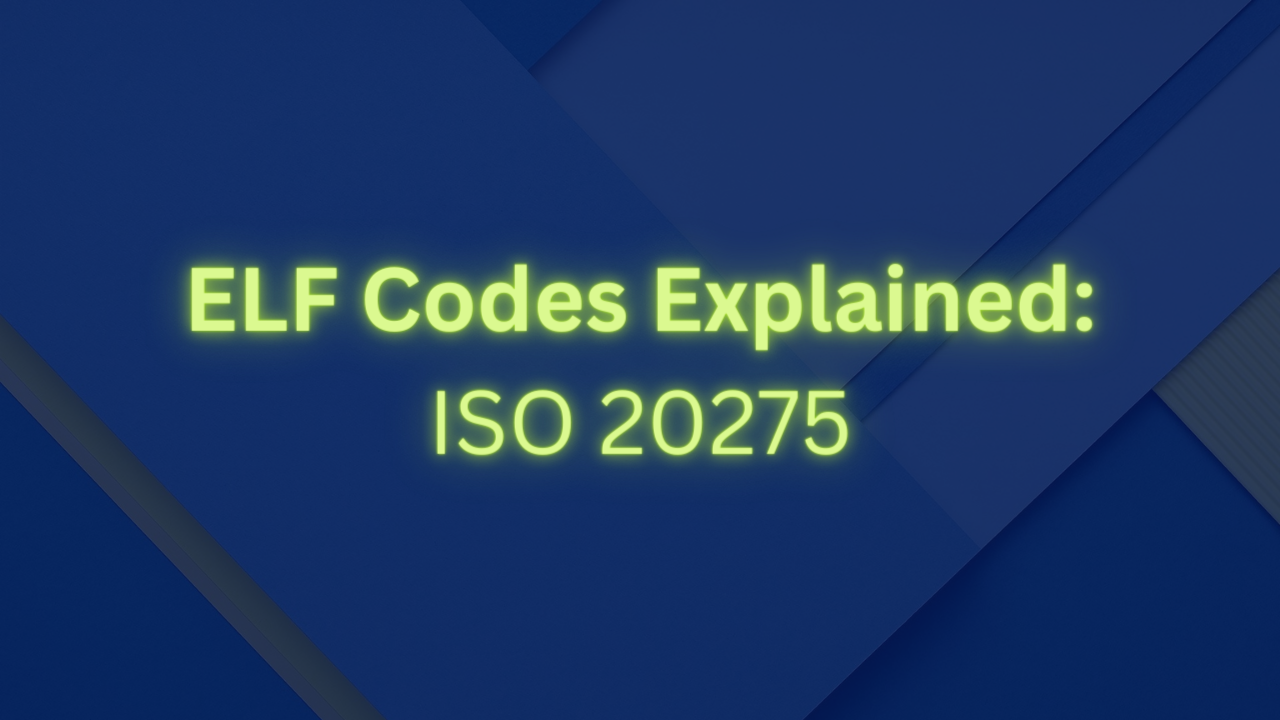Navigating EMIR Refit go-live & mandatory LEI reporting obligation updates
EMIR (European Market Infrastructure Regulation) Refit, part of the EU's regulatory agenda, updates reporting obligations and standardization controls for financial markets. It increases reporting fields and switches to ISO 20022-XML format, emphasizing the importance of maintaining active LEIs. Entities must ensure LEIs are up to date (renewed) to avoid reporting issues. Financial institutions should use a comprehensive dashboard for LEI management. Contact us to discuss EMIR Refit readiness.

Commonwealth Bank of Australia becomes LEI Validation Agent
The Commonwealth Bank of Australia becomes the first Australian bank to join the Validation Agent Framework in order to provide LEIs in a more streamlined process to Australian clients and entities with updatesto ASICs OTC Derivative Trading guidelines.

'LEI Worldwide' leading Irish LEI provider for January 2024

 LEI Worldwide grew to become Ireland's leading provider of LEIs in 2023, and is set to expand on that title in 2024. With release of the GLEIFs January 2024 Data Quality report showing we are now providing LEI management services for more tha. double the numbver of clients as other providers headquartered in the jurisdiction.
LEI Worldwide grew to become Ireland's leading provider of LEIs in 2023, and is set to expand on that title in 2024. With release of the GLEIFs January 2024 Data Quality report showing we are now providing LEI management services for more tha. double the numbver of clients as other providers headquartered in the jurisdiction.
.png)
LEI Worldwide join the RegTech100 by FinTech.Global for 2024
LEI Worldwide are extremely proud to hear the exciting news that the organisation has made the RegTech100 list for 2024. The RegTech100 is a complete list of the top 100 RegTech (regulatory technology) companies globally.
.png)
GLEIF, GLEIS and the LEI (Legal Entity Identifier)
The development of the Legal Entity Identifier (LEI) and Global LEI System (GLEIS) created in response to the 2008 financial crisis has since significantly enhanced global legal entity identity verification. GLEIS is a publicly accessible global database that assigns a unique 20-digit code (LEI) to legal entities involved in financial transactions, enhancing transparency and trust between counterparties and market participants. Over 2.5 million companies worldwide have obtained LEIs, making it a standard for identifying entities in trade. GLEIF, a non-profit global organization, oversees the operational integrity of the global LEI system.

LEI Worldwide listed in the Deloitte RegTech Universe 2023 publication
LEI Worldwide has been listed as the LEI provider for the 2023 in the Deloitte RegTech Universe list, which comes in quick succession after being named finalists in the FS Awards 2023 and National FinTech Awards.

UNDP, and MAS to digitise ESG Credentials for MSMEs leveraging the LEI
The United Nations Development Programme (UNDP) and the Monetary Authority of Singapore (MAS) have collaborated on Project Savannah, aiming to digitize ESG credentials for micro, small, and medium-sized enterprises (MSMEs) using the Legal Entity Identifier (LEI). The initiative aims to simplify reporting requirements and help MSMEs work towards the UN's Sustainable Development Goals. The LEI will serve as a single source of identity for legal entities within the platform, enabling easier tracking and organization of data. MSMEs will have LEI records with visible ESG credentials, facilitating transparency and compliance. Obtaining an LEI for a Singapore company is possible through registration or using the RAMP LEI Management System.

LEIs & BICs in ISO20022
Join our latest discussion on how we can enhance cross-border payments by exploring the latest topic covered by the GLEIF. In this article, we explore the synergies between the Legal Entity Identifier (LEI) and Business Identifier Code (BIC) and how they can reshape the identifying process of international transactions. We look at recent comments made by GLEIF and explore the advantages of adopting these identifiers to create a faster, more cost-effective, and transparent global payment system. Continue reading to find out more...

What is an LEI?
A Legal Entity Identifier (LEI number) is a unique 20-character code assigned to a legal entity or company, which contains a record of information about the entity, such as its identity and group structure.
The LEI was created in 2013 and is globally recognized and endorsed by the G20 as the single most important identifier in the financial ecosystem. It is the only unique identifier, that is both global, annually renewable, regulator and central bank backed making it unique.
The GLEIS (Global LEI System) has far-reaching benefits, beyond just improving transparency in capital markets, including its use in banking, client onboarding, Know Your Customer (KYC) procedures, and anti-money laundering efforts.
The LEI offers a standardized, free and easily accessible means of identifying and verifying the identity of any legal entity, enhancing credibility and transparency in the eyes of regulators, customers, and other stakeholders.

LEIConsolidate - Bulk Transfer LEIs
'LEIConsolidate' with LEI Worldwide is a simple, bulk transfer process for organizations with large amounts of scattered LEIs across multiple providers and countries. Benefits include improved control and visibility with a centralized dashboard, reduced costs, increased efficiency, and improved LEI data quality. LEI Consolidation streamlines the compliance process and helps organizations efficiently manage all group LEIs.

LEI Costs & Prices
In this article, we explore the costs and pricing of obtaining an LEI, including registration fees, renewal fees, and application fees. We also emphasize the importance of choosing a reliable and trustworthy provider, even if it may come at a higher cost. At LEI Worldwide, we help businesses not only obtain LEIs in the fastest and easiest way possible, but we also assist companies to consolidate, manage and commercialise existing LEI portfolios.

South Korea to adopt LEI for foreign investors
The financial regulators in South Korea have decided to relax a number of outdated regulations which act as a push factor to foreign investors. The recent decision was made to relax laws, and in their place a simple registration form asking for an active LEI will be required.

LEI enhances KYC & AML
The Legal Entity Identifier (LEI) unlocks the benefits of enhanced entity identification by reducing systemic risk and increasing transparency in financial markets.

LEI Codes vs ELF Codes
ELF Codes refer to an Entity Legal Form and are a subest of identifiers based on the LEI (Legal Entity Identifier) and ISO Standard 20275: Financial services — Entity legal forms (ELF).

The LEI and the Compliance Value Chain
The Compliance chain consists of four primary components. Onboarding, monitoring, detection, reporting and also includes internal processing tools and controls used by organisations to meet their regulatory and compliance obligations. The LEI adds value to each link in the chain, and is omnipresent across the entire compliance function that is used daily by regulated organisations. This article provides contect for each component and how the Legal Entity Identifier can play its role in streamlining and enhancing the effectiveness each funtion.
